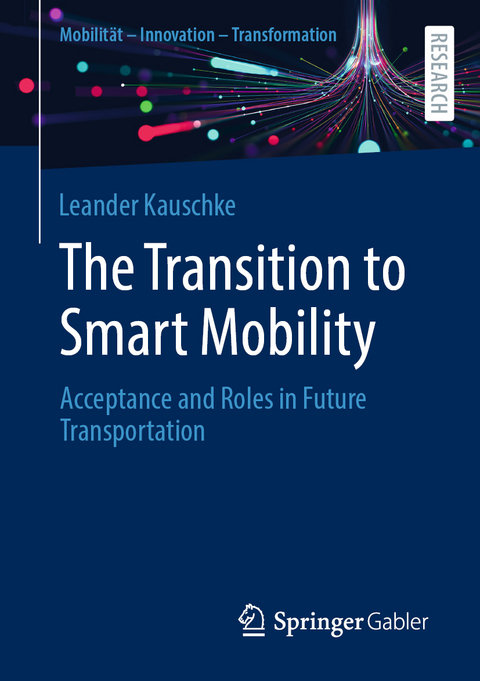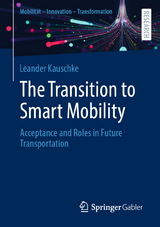The Transition to Smart Mobility
Springer Fachmedien Wiesbaden GmbH (Verlag)
978-3-658-43000-9 (ISBN)
Both views are embedded in the Multi-Level Perspective. Study 1 develops a structural equation model in SmartPLS. Use cases cover eBikes (N=537), mobility-as-a-service (N=531), and fully automated vehicles (N=558). Based on the results, acceptance relies on five factors: performance expectancy, facilitating conditions, social influence, habit, and hedonic motivation.
Study 2 applies the Institutional Role Model (IRM) to better understand system dynamics. Thus, the smart mobility ecosystem is mapped in a structured manner. It identifies nine institutions, as well as four technical and four economic roles. Results of interviews with experts (N=8) support the IRM's significance as a vision provider for a new mobility regime.In the end, these two perspectives amalgamate. This opens a sophisticated space for public debate about the commencing transition to smart mobility.
lt;p>About the author
Leander Kauschke conducts research on issues related to the mobility of the future. He is particularly interested in problems that arise at the crossroads of politics, business and society and transcend purely technological considerations.
Introduction.- The user perspective.- The institutional perspective.- Conclusion.- Reference.
| Erscheinungsdatum | 20.10.2023 |
|---|---|
| Reihe/Serie | Mobilität – Innovation – Transformation |
| Zusatzinfo | XXII, 294 p. 54 illus., 1 illus. in color. Textbook for German language market. |
| Verlagsort | Wiesbaden |
| Sprache | englisch |
| Maße | 148 x 210 mm |
| Gewicht | 415 g |
| Themenwelt | Technik ► Bauwesen |
| Schlagworte | acceptance • Role model • smart mobility • smartpls • Transdisciplinary • Transformation |
| ISBN-10 | 3-658-43000-1 / 3658430001 |
| ISBN-13 | 978-3-658-43000-9 / 9783658430009 |
| Zustand | Neuware |
| Haben Sie eine Frage zum Produkt? |
aus dem Bereich




